Page Contents
1.INTRODUCTION TO MARINE RENEWABLE ENERGY
The growth of new technology in all the fields has had a good impact on your life differently than usual. We don’t consider too much, maybe because we focus only on social media and the damage that gives if not used properly.
But STOP and take into consideration the renewable energy, how amazing is the marine renewable energy field? If we think that we can generate energy free of cost and with almost 0 damage to the environment.
2. What is the marine renewable energy strategy?
It is the way to discover new hight resources to take energy considering the characteristics of the local marine environment: wind, waves, tides, currents, temperature, etc., and of course, biomass.
As you can see, many factors affect if a place is right or not for making renewable energy.
Considering also that:
These resources fluctuate over time, and some are very variable spatially.
(especially in areas with strong currents). Therefore, it is essential to be familiar with them in precise detail to evaluate the real energetic potential and Profitability of a marine energy project.
Also, the characteristics of the physical.
the environment will have an impact on structural aspects (resistance to wind and
Waves, for example). Similarly, the nature of the sea bed would dictate the feasibility.
Types of foundations.
However, the marine environment does not stop at the physical aspects.
We must take into account the biological environment (fauna and flora)
and be fully aware of the impact projects have on the existing ecological balance.
5 TYPE OF MARINE RENEWABLE ENERGY
The five main types of marine energy resources which offer the potential for
short- and medium-term industrial production are as follows:
- wind energy, for which many industrial installations are already in use;
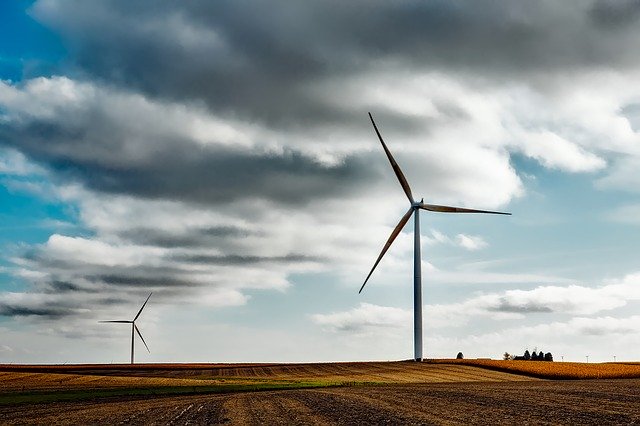
- tidal energy, such as the Rance Tidal Power Station, but for which there are
few projects planned, mainly because of the environmental impact of these
installations;
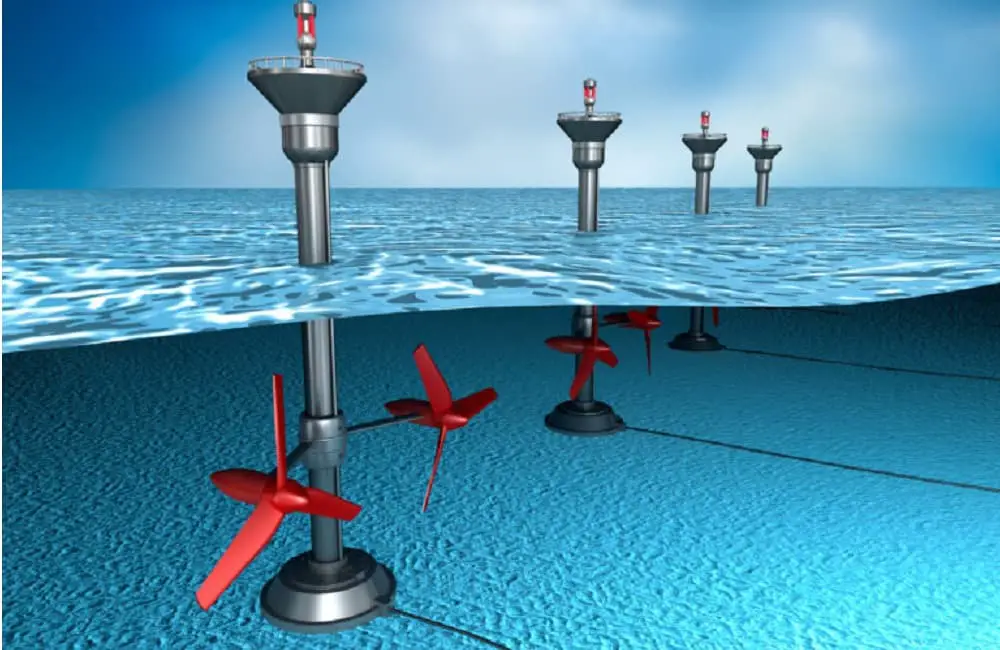
- hydrokinetic (or hydroelectric) energy, produced by currents, for which many
means of production have been developed, and several prototypes are being tested;
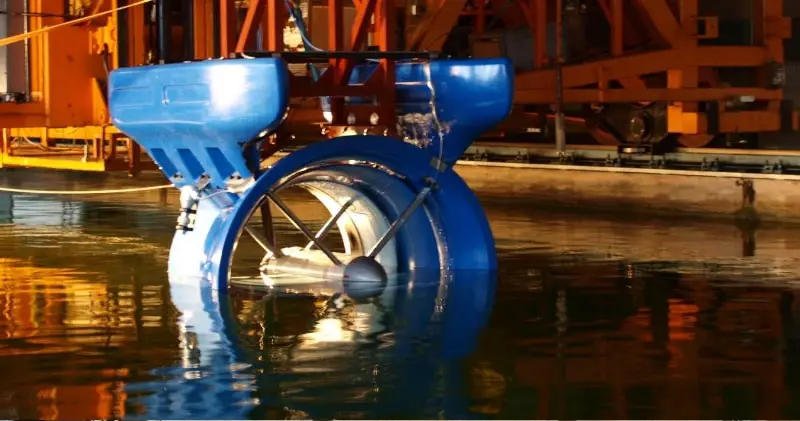
- swell energy, produced by waves, for which means of production are also at
the development stage, and some at the test phase;
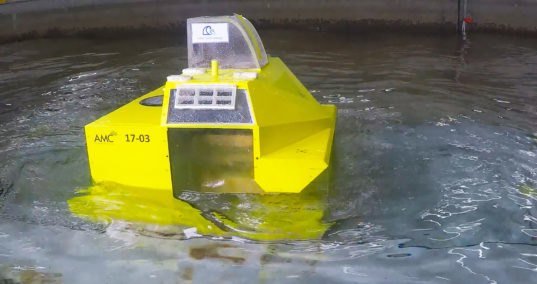
- oceanic thermal energy, which exploits the difference between the surface
temperature and the temperature at depth.
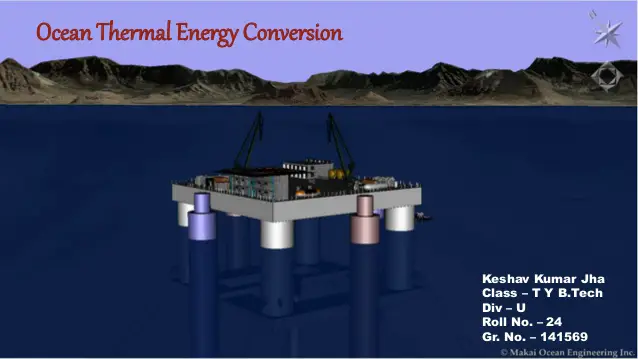
This was the 5 type of marine renewable energy in use nowadays that, if properly installed, can guarantee a perspicuous source of energy, but now is time do know how to measure the marine energy.
How measure marine energy?
The watt (W) is an expression of the electrical power of an electrical device.
That power represents the amount of electricity produced or consumed
instantaneously by an installation.
For the electricity production systems, we are
interested in here, the most commonly used unit is the megawatt (MW).
DELIVERED MARINE ENERGY BY EXAMPLE
The orders of magnitude for energy production installations are as follows:
– a prototype water turbine: 0.5 to 1 MW;
– a recent offshore wind turbine: 3 to 6 MW;
– the Rance Tidal Power Station: 240 MW;
– an EPR-type nuclear reactor being built in Flamanville:
This was an introduction to marine renewable energy and the considerations that the expertise take in consideration to the place where to install it.
Read CLIMATE CHANGE
